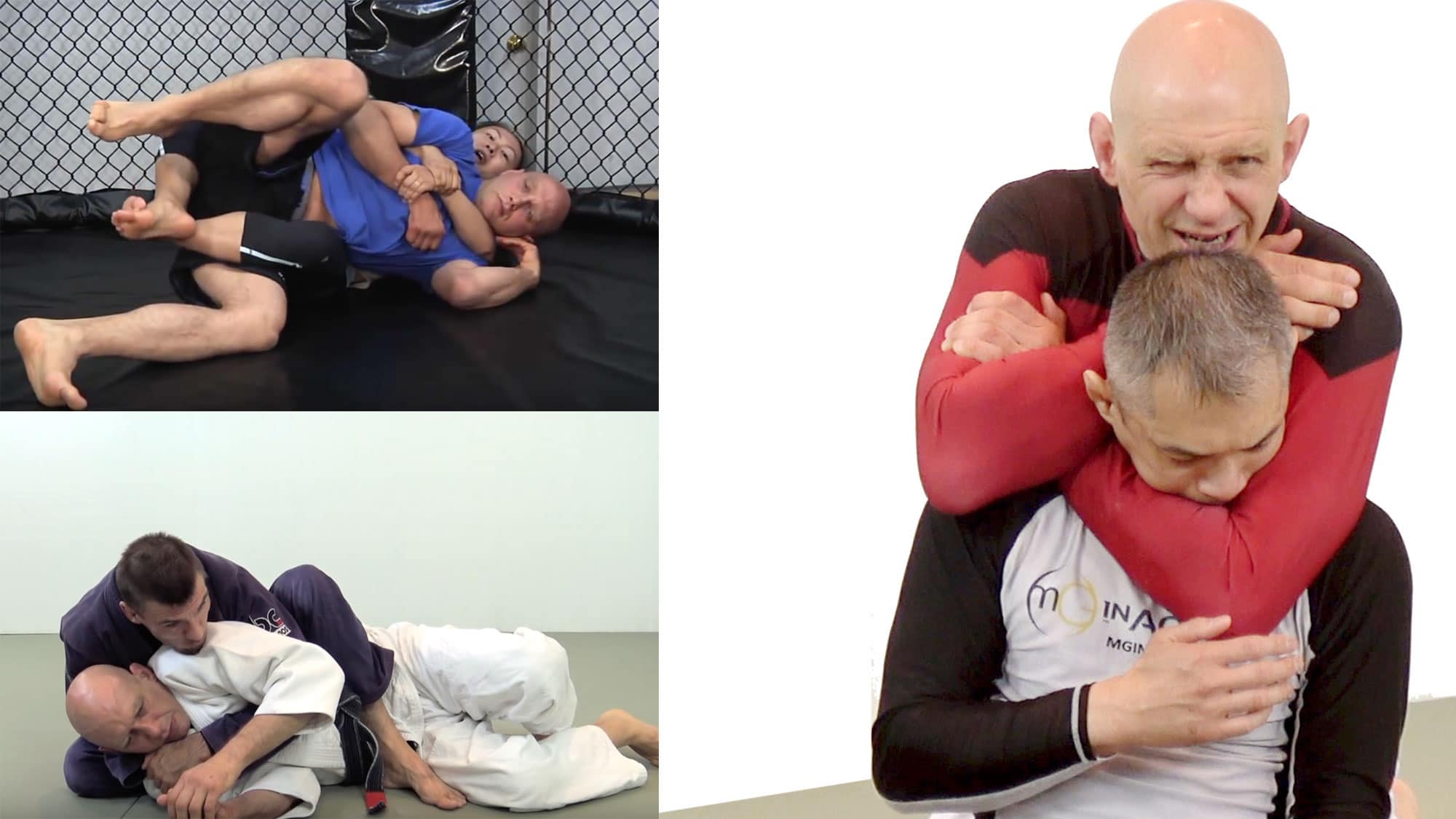- Joined
- Jul 3, 2023
- Messages
- 5,356
- Reaction score
- 26,931
- Awards
- 16
Ageing Pt. 2
In 2013, capoeira master cycledto celebrate his 70th birthday and to raise awareness and funds for a drug addiction rehabilitation centre. I had the good fortune of catching him once at a workshop in 2009 and still treasure a photo of him and me, and I couldn't be prouder if somebody had taken a picture of me with the Pope or the Dalai Lama.
Mestre Acordeon at age 74.
However, I don't plan on writing about all those septuagenarian martial arts titans out there to shame everybody who's slowly beginning to feel the effects of old age creeping in into exercising more and getting fit. For each of these shining examples, there are hundreds of other ageing long-time martial artists who had to quit due to serious health problems and on doctor's orders, for important private reasons, or just because they didn't enjoy practicing anymore - after all, there are more important things in life than karate and capoeira. There also videos on youtube showing pretty decrepit Okinawan karate masters performing katas agonizingly slow, and , 84 at that time, either (although it certainly looks like he had been having fun!).
At that 2009 workshop, Mestre Acordeon explained that he wasn't able to play low games close to the ground and do the anymore because both his knees were shot. In spite of that, he made all the other assembled contra-mestres and mestres (who had terrorised us noobs in the roda at previous year's workshop) tumble like ninepins with his ingenious takedowns. As I said in my previous post, experience can help make up for lost youthful energy because you'll be able to anticipate your opponent's/partner's moves better; however, he wouldn't have been able to keep up in a really fast game, that's for sure.
What I'd like to plead here for is finding yourself a sport that is varied and demanding when it comes to motor skills and coordination, and which is capable of really gripping and fascinating you to the point of (mild, age-adequate) obsession instead of dragging yourself to the gym a couple of times a week and half-heartedly lifting weights, or waiting for that seemingly interminable spinning class to end. Sometimes people in the mid-forties show up at the dojo, out of shape but dead set on learning karate because it's what they had been dreaming of all their lives. Sometimes it's just a midlife-crisis flash in the pan but some will stay on and carry it through to black belt. If tennis, cycling, or running are your thing, fine, but the advantage of martial arts in general is that they'll engage your entire body in a multitude of complex combinations, and the stretching portion (something that many joggers are wont to neglect!) before every class will ensure that your body will remain supple while the rest of your peers are becoming stiffer and stiffer year by year.
Legendary French karate champion and kickboxing pioneer at age 66.
Being a true martial artist is like being a professional musician - you don't stop playing just because you've hit forty or fifty; you're in it for life. It will not be even hard because after some years, your martial art will have become such a big part of your self-image and identity that quitting is as good as unimaginable. As I mentioned in previous posts, it's no good to make solemn New Years resolutions and allow your intellect to badger you into purchasing a gym membership while your emotions are beginning to protest ever more loudly and will finally go on general strike by the end of January. If you're looking for discipline and rigour, karate may be for you; if you want to remember how much fun it was to horse around as a child, capoeira can be your friend.
Just a suggestion.
In 2013, capoeira master cycledto celebrate his 70th birthday and to raise awareness and funds for a drug addiction rehabilitation centre. I had the good fortune of catching him once at a workshop in 2009 and still treasure a photo of him and me, and I couldn't be prouder if somebody had taken a picture of me with the Pope or the Dalai Lama.
Mestre Acordeon at age 74.
However, I don't plan on writing about all those septuagenarian martial arts titans out there to shame everybody who's slowly beginning to feel the effects of old age creeping in into exercising more and getting fit. For each of these shining examples, there are hundreds of other ageing long-time martial artists who had to quit due to serious health problems and on doctor's orders, for important private reasons, or just because they didn't enjoy practicing anymore - after all, there are more important things in life than karate and capoeira. There also videos on youtube showing pretty decrepit Okinawan karate masters performing katas agonizingly slow, and , 84 at that time, either (although it certainly looks like he had been having fun!).
At that 2009 workshop, Mestre Acordeon explained that he wasn't able to play low games close to the ground and do the anymore because both his knees were shot. In spite of that, he made all the other assembled contra-mestres and mestres (who had terrorised us noobs in the roda at previous year's workshop) tumble like ninepins with his ingenious takedowns. As I said in my previous post, experience can help make up for lost youthful energy because you'll be able to anticipate your opponent's/partner's moves better; however, he wouldn't have been able to keep up in a really fast game, that's for sure.
What I'd like to plead here for is finding yourself a sport that is varied and demanding when it comes to motor skills and coordination, and which is capable of really gripping and fascinating you to the point of (mild, age-adequate) obsession instead of dragging yourself to the gym a couple of times a week and half-heartedly lifting weights, or waiting for that seemingly interminable spinning class to end. Sometimes people in the mid-forties show up at the dojo, out of shape but dead set on learning karate because it's what they had been dreaming of all their lives. Sometimes it's just a midlife-crisis flash in the pan but some will stay on and carry it through to black belt. If tennis, cycling, or running are your thing, fine, but the advantage of martial arts in general is that they'll engage your entire body in a multitude of complex combinations, and the stretching portion (something that many joggers are wont to neglect!) before every class will ensure that your body will remain supple while the rest of your peers are becoming stiffer and stiffer year by year.
Legendary French karate champion and kickboxing pioneer at age 66.
Being a true martial artist is like being a professional musician - you don't stop playing just because you've hit forty or fifty; you're in it for life. It will not be even hard because after some years, your martial art will have become such a big part of your self-image and identity that quitting is as good as unimaginable. As I mentioned in previous posts, it's no good to make solemn New Years resolutions and allow your intellect to badger you into purchasing a gym membership while your emotions are beginning to protest ever more loudly and will finally go on general strike by the end of January. If you're looking for discipline and rigour, karate may be for you; if you want to remember how much fun it was to horse around as a child, capoeira can be your friend.
Just a suggestion.




